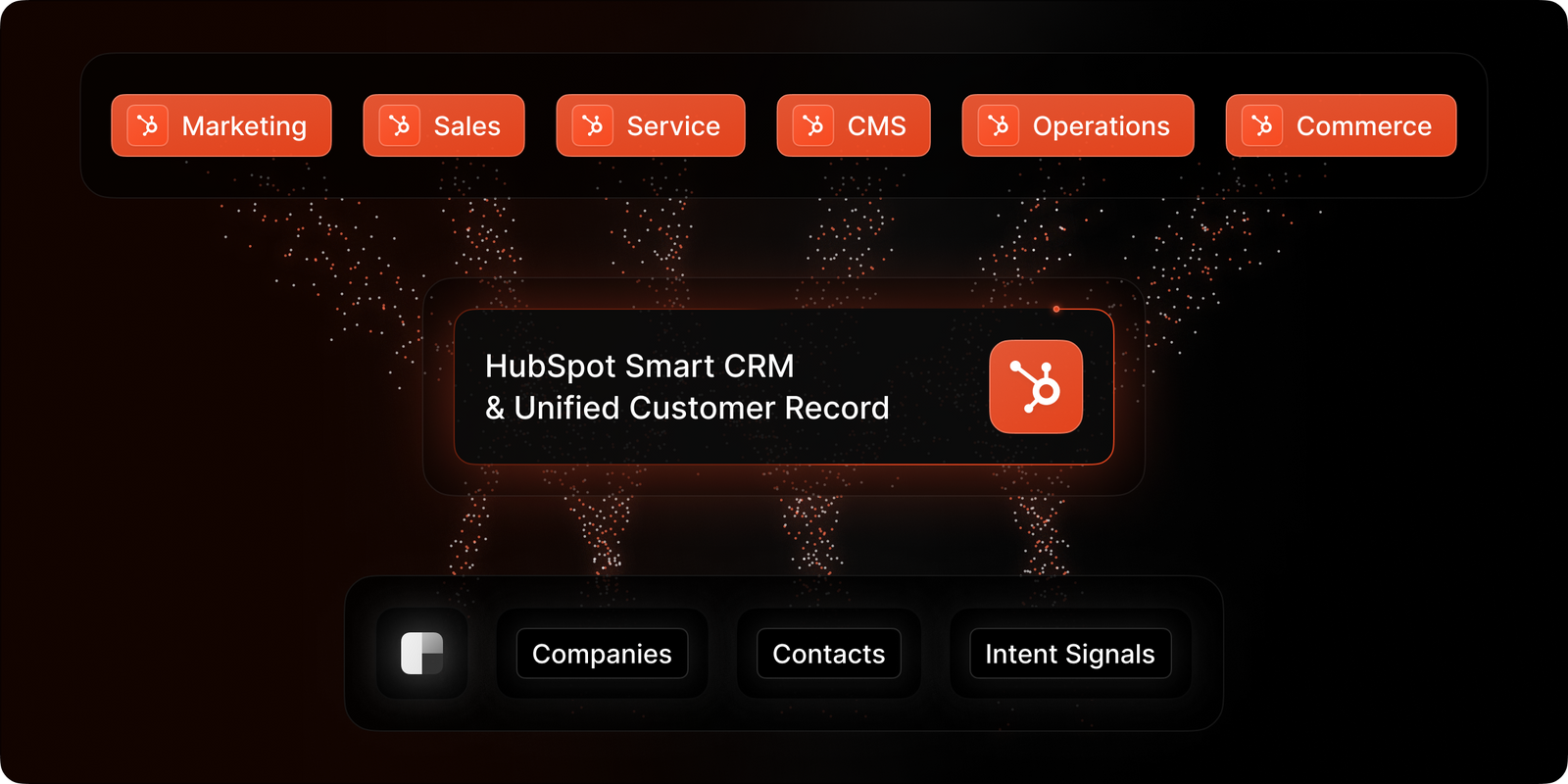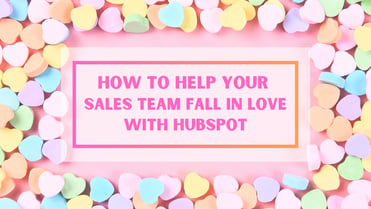HubSpot's decision to buy Clearbit is a big deal for those who use customer relationship management (CRM) systems. By joining forces, these two companies are bringing together their best features; HubSpot for its powerful CRM tools, and Clearbit, great at enriching data. So what does this combination of HubSpot's and Clearbit's strengths look like when trying to make it easier to manage customer relationships and data?
Data Enrichment and CRMs
The first big takeaway from this acquisition is the recognition that data enrichment is a common need and priority for most revenue teams. The ability to automatically populate company and contact information into your CRM truly is irresistible to most customers. Zoominfo has long been the 800 pound gorilla in this space, and now HubSpot is teaming up with Clearbit to offer a legitimate alternative.
For HubSpot customers, this should be great news. The average Zoominfo contract can be 5-6 figures, so having something that’s competitive should lead to better pricing, whether you end up moving away from what you currently use or not.
This really solidifies that for B2B teams, once you’re at the point where you’re scaling (and maybe earlier), you’re going to want to invest in a data enrichment tool to remain competitive. The time savings of no longer needing to standardize and enrich your data in-house, let alone the additional task of researching vs. simply focusing on the outreach, is worth it.
First-party intent data
Intent data has long been sought after for companies that are running ABM playbooks, and there’s a good reason why. If you know that someone is in-market for your solution, it makes sense that you’d want to try to get in front of them with what you offer.
However, there are a lot of caveats and asterisks when it comes to intent data. Don’t believe me? Here’s where this information usually comes from (link). While intent data can sound amazing (“I’m going to market to people who are actively looking for what my company offers!”), it's a really noisy signal that isn’t always that actionable. While there might be some intent happening, knowing who or why is still a gap most of the time.
Rather than rely on third-party intent data, Clearbit has a pretty interesting approach: detailed information about the anonymous traffic on your website, as well as the characteristics of the companies that are visiting. For intent, they focus on working to map out first-party intent data, by understanding what pages are high intent for your company. You move from “my target account is in-market for my solution” to “my target account is visiting our site on key pages”. Simple, yet clever, and much more actionable.
But what about AI?
The AI story around what’s built in HubSpot and what Clearbit brings to the table adds yet another wrinkle to this budding relationship. Because Clearbit has a deeper well of information about companies’ intent data and activity, you may start to see tools within the HubSpot platform that alert you to key activities at companies directly in your CRM. Things like new technologies added, headcount changes, new funding activities, and other nuanced events can all be things you automatically get alerted to.
The next logical step would be to have a summarized report or highlight that is delivered to you and your team. If you can see that an account on your target list is also active on your site, access to this level of granularity and detail could help decide how aggressive or active you choose to be in your outreach efforts. After you tell HubSpot about what your company does and related value propositions, you might be able to feed in company news and have it generate outreach emails for you. There’s a lot that can be built out here, and it will ultimately come down to what gets prioritized in the short term and longer term development roadmaps. Either way, it’s getting really exciting, really quickly.
AI is cool, but what about clean data?
2024 will be the year of data integrity and accuracy, so the timing of this team-up could not be more on point. Data that isn’t validated will quickly become a liability for marketers and salespeople alike. Google and Yahoo have announced upcoming changes to how they treat one-to-one emails that will require additional resources to help these future ongoing efforts remain compliant. In addition to knowing which customers want to hear from you, companies are going to need to have excellent data quality and data management processes in place.
The clearbit acquisition checks the box for HubSpot’s larger roadmap, and slides into place as one part of the puzzle. Combining the robust and deep data sets that Clearbit brings to bear, the next step could very well be per-account deliverability tracking and other data validation tools to round out the potential new AI suite for HubSpot.
What’s next?
Clearbit joining HubSpot is the next step in a clear, continued investment into CRM value-adds. The future of the HubSpot platform looks bright, as new tools for high quality data and AI-based insights will help marketers and salespeople alike.
While no timing for deeper integrations have been announced, it’s safe to assume that some gears are already turning with both teams about what can be built. In the meantime, if you’re a HubSpot customer, go ahead and check out Clearbit’s offerings. They have their own tracking code that can provide information about who’s visiting your site even at the free level. Go ahead and set this up so that you can start collecting information.
Need help setting up your systems for growth in 2024? Contact us for a HubSpot Audit to learn how you can be getting more out of your investment.





